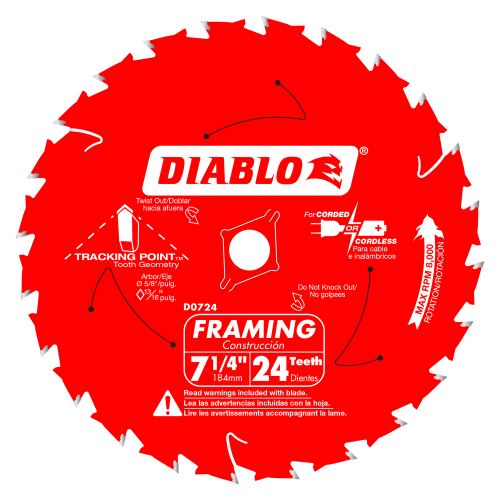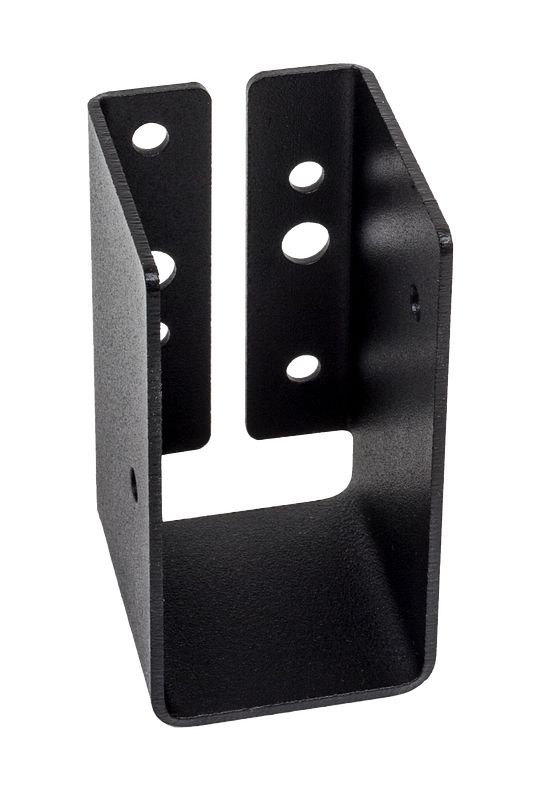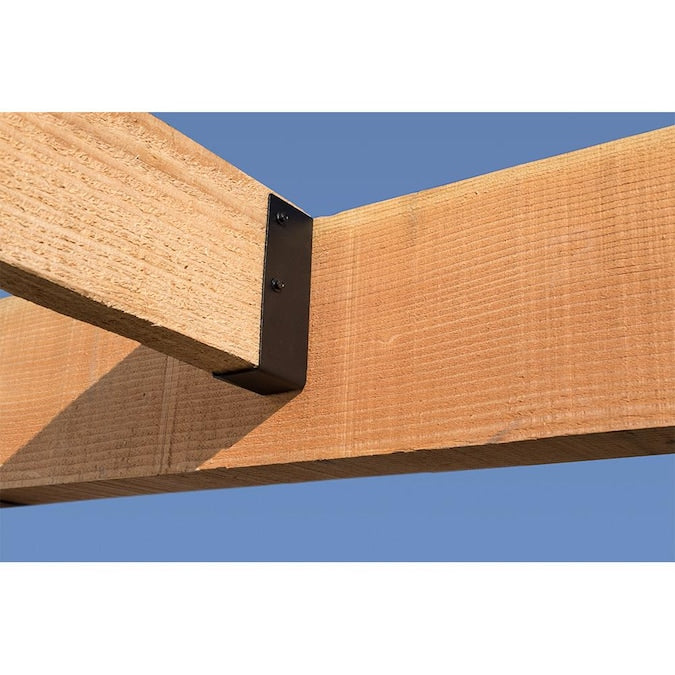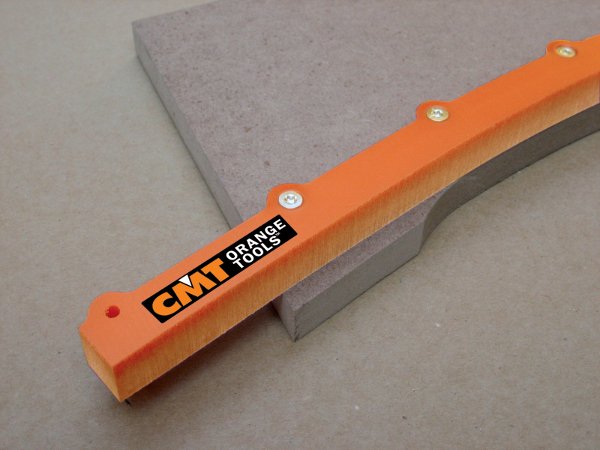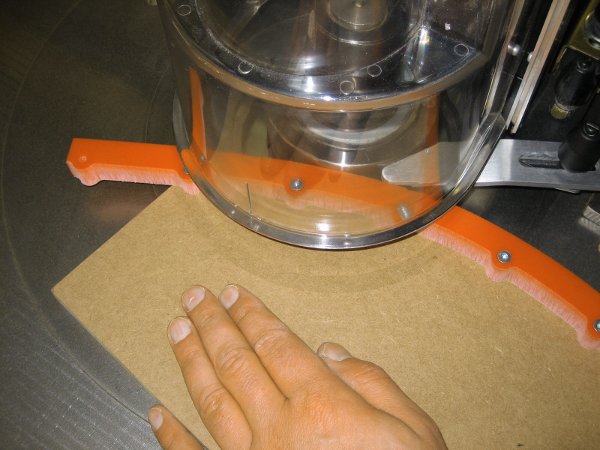Metalworking is an intricate field that requires the right tools and techniques to achieve optimal results. Among the various methods available, welding and brazing are two commonly used techniques. When deciding between them, it's essential to understand their unique characteristics and applications. This guide will help you determine which method best suits your metalworking needs.
Understanding Welding
Welding is a process that joins materials, typically metals or thermoplastics, by causing coalescence. This is usually achieved through high heat, pressure, or a combination of both, which melts the base material and allows it to fuse.
Types of Welding Techniques
Several welding techniques exist, each suitable for different applications:
- Arc Welding: Uses an electric arc to melt the metals at the welding point.
- MIG Welding: Utilizes a continuous wire feed as an electrode to join metals.
- TIG Welding: Employs a tungsten electrode to produce a weld.
- Spot Welding: Involves pressing metal sheets together and applying an electrical current through the spot to join them.
Pros of Welding
- Strength and Durability: Welded joints are incredibly strong, often as strong as or stronger than the base material.
- Versatility: Welding can be used on a wide variety of metals and thicknesses.
- Seamless Integration: Creates a seamless and often invisible joint.
Cons of Welding
- Heat Distortion: High temperatures can warp or distort the materials being joined.
- Skill Required: Welding demands significant skill and experience to perform correctly.
- Equipment Costs: Welding equipment can be costly and requires regular maintenance.
For complex welding projects, a well-equipped workstation is crucial. Consider the Baileigh WJT-3939 39" x 39" 2D Steel Welding Table for your metalworking needs.
Exploring Brazing
Brazing is a metal-joining process that involves the melting and flowing of filler metal into the joint, which bonds the base materials together at temperatures above 450°C but below their melting points.
Types of Brazing Techniques
Brazing can be done in several ways:
- Torch Brazing: Uses a gas-fueled torch to heat the metal and filler.
- Furnace Brazing: This involves placing the assembly in a furnace to heat it evenly.
- Induction Brazing: This uses electromagnetic induction to heat the materials.
Pros of Brazing
- Lower Temperatures: Requires less heat than welding, minimizing the risk of warping.
- Less Skill Intensive: Easier to learn compared to welding.
- Joining Dissimilar Metals: Brazing is more effective for joining different metals, such as copper to steel.
Cons of Brazing
- Strength: Brazed joints are generally not as strong as welded joints.
- Temperature Sensitivity: Brazed joints may not withstand high temperatures and could fail under stress.
- Surface Preparation: The surfaces must be meticulously cleaned for a successful bond.
Brazing vs Welding: Making the Right Choice
When deciding between brazing and welding, consider the specific requirements of your project.
- Strength Needs: If a strong, permanent joint is necessary, welding is likely the best choice.
- Metal Compatibility: For joining dissimilar metals, brazing may offer more flexibility.
- Heat Sensitivity: If minimizing heat is a priority to avoid distortion, brazing is preferable.
- Skill Level: For those new to metalworking, brazing might be easier to learn and execute effectively.
Each method has its own merits and choosing the right one will depend on the specific demands of your project.
Applications and Industries
Welding is widely used in heavy industries such as construction, automotive, and shipbuilding, where the strength and durability of the joints are critical. It is also favored for projects involving thick materials or those requiring seamless integration.
Brazing, on the other hand, is common in industries such as HVAC, plumbing, and electronics, where precise control over heat and the ability to join dissimilar metals are essential.
For those new to welding, using the right equipment can make a big difference. The Baileigh WP-1100 110V 19.5" Welding Positioner is a great tool to ensure precise and efficient welding processes.
Both welding and brazing are valuable techniques in metalworking, each with its own set of advantages and challenges. Whether you need the strength and durability of welded joints or the flexibility and precision of brazed connections, understanding these methods will help you make an informed choice that aligns with your specific requirements.
At Factory Direct Supply, we offer a wide range of tools and equipment for all your metalworking needs. Visit our website to explore our catalog and find the right products for your projects. For expert advice and top-notch customer service, contact us today. Let us help you choose the best solutions for your metalworking tasks!


